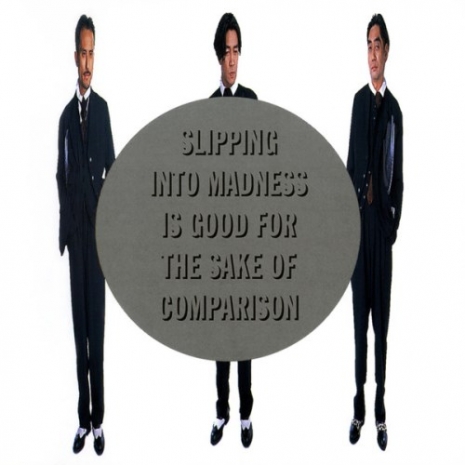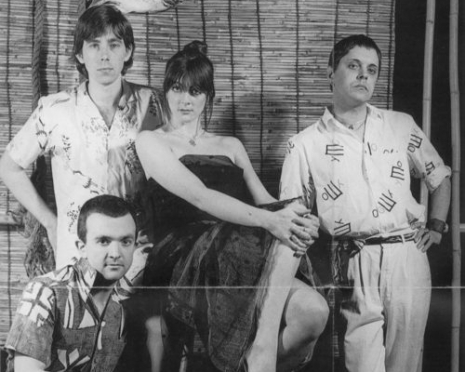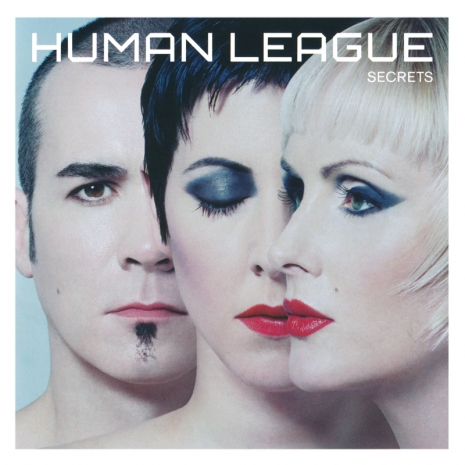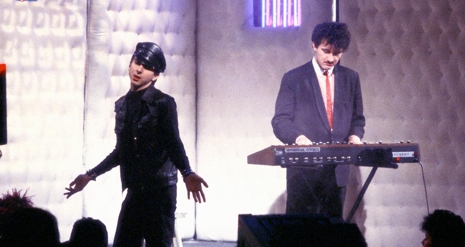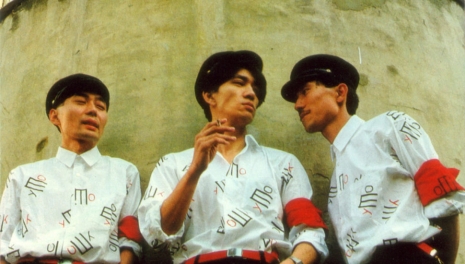
We learned a lot from the insane Quincy Jones interview from a couple weeks back. To recap, and this is all according to an unfiltered 84-year-old Quincy Jones, the Beatles were notoriously bad musicians, Marlon Brando and Richard Pryor were lovers, Chicago mobster Sam Giancana killed JFK, and… Jones once dated a twenty-four-year old Ivanka Trump. Probably the greatest reveal of them all, however, was about Michael Jackson, whom Jones worked with as the pop star’s producer.
Immediately into the interview, Quincy declares Jackson to have been “as Machiavellian as they come,” alleging that he would steal material from other artists for his own personal gain. More specifically, Michael Jackson supposedly stole the riff from Donna Summer’s “The State of Independence” for his smash hit “Billie Jean.” Vangelis and Jon Anderson from Yes originally wrote “The State of Independence,” which was covered and popularized by Summer the following year. Quincy Jones arranged an all-star cast of guest vocalists for the newly revamped track, Michael Jackson being one of them.
Bizarrely enough, “Billie Jean” wasn’t the only song with supposedly “borrowed” material intended for Jackson’s 1982 best-selling album, Thriller. In the early eighties, Quincy Jones discovered a song that he felt could work well for Michael Jackson’s upcoming record. That track was “Behind the Mask” by Japanese electronic synthpop pioneers, the Yellow Magic Orchestra. The song was originally a synth instrumental written for a 1978 Seiko quartz wristwatch commercial. YMO later re-recorded the track, with lyrics written by British poet Chris Mosdell and vocals performed by songwriter Ryuichi Sakamoto using a vocoder. The song appeared on Yellow Magic Orchestra’s highly influential 1979 record Solid State Survivor in Japan, and their ×∞Multiplies album in the US and Europe.
The first version of ‘Behind the Mask,’ recorded for a Seiko wristwatch commercial
The classic, album version of ‘Behind the Mask’ by Yellow Magic Orchestra
Jackson liked the “Behind the Mask” and agreed to record his own version of it during the Thriller sessions. With Sakamoto’s permission, additional lyrics and an extra melody line were added to Jackson’s version. The new lyrical content turned the focus to Jackson’s girlfriend, who he felt would often hide her emotions behind a symbolic “mask.” Conceptually, this was much to the contrary of the original YMO version, which contained a discordant thematic approach to “the mask.” Lyricist Chris Mosdell had this to say about the adjusted context:
“When Michael Jackson took it, he made it into a love song about a woman. It was a completely different premise to me, I was talking about a very impersonal, socially controlled society, a future technological era, and the mask represented that immobile, unemotional state. But hey, I let him have that one.”

Michael Jackson’s “Behind the Mask” was an anticipated smash hit and made the final cut for Thriller. A royalties dispute involving YMO’s management and Sakamoto, Mosdell, and Jackson ended up preventing the track from getting released. It wasn’t for another 28 years that a reworked version of “Behind the Mask” would be released…
More after the jump…






